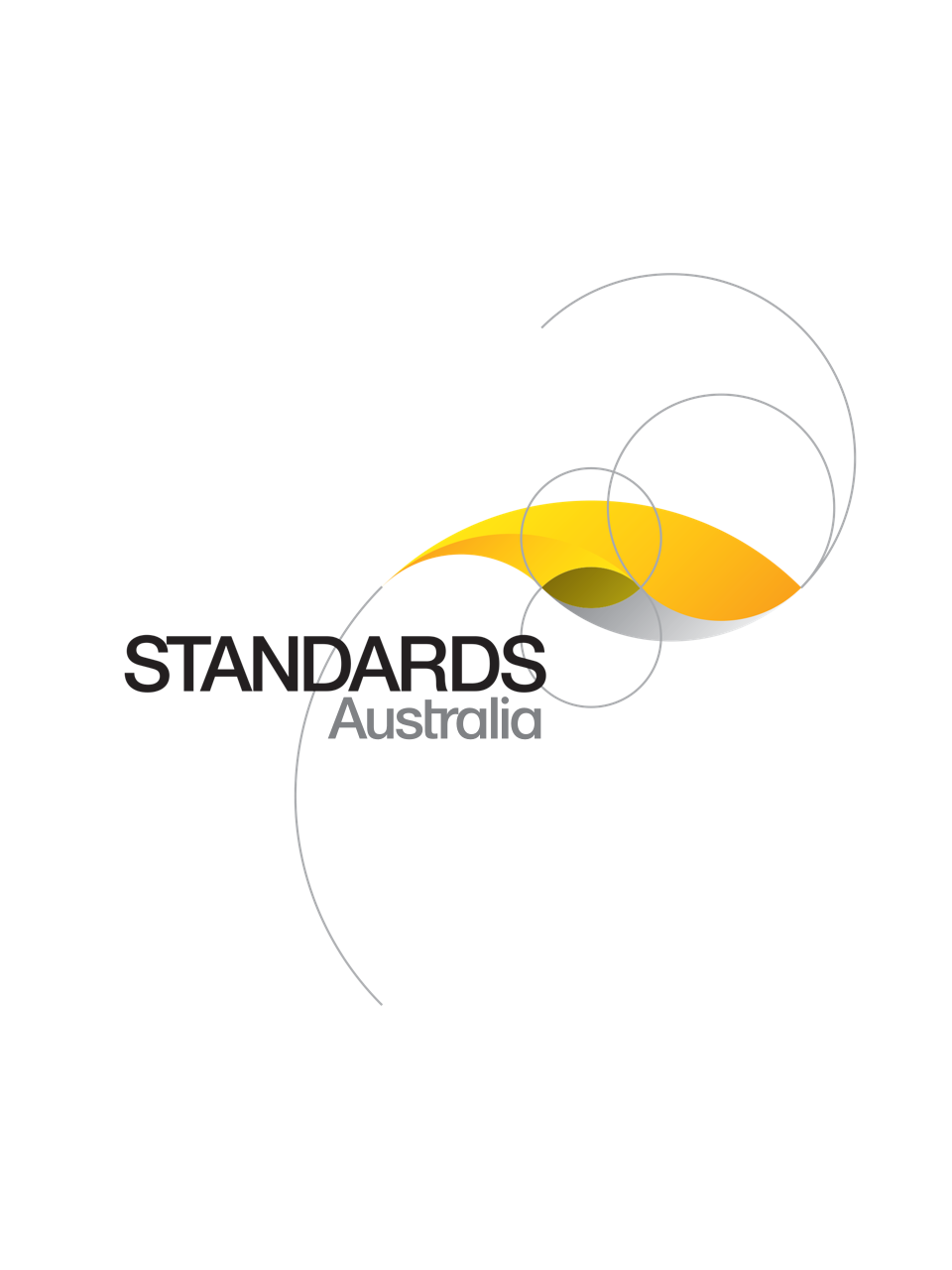Standard
Track updates
AS/NZS 17420.2:2021
[Current]Respiratory protective devices — Performance requirements, Part 2: Requirements for filtering RPD (ISO 17420-2:2021 (ED.1.0) MOD)
This Standard adopts ISO 17420 2:2021 with modifications for Australia and New Zealand, which specifies requirements for the performance and testing of filtering respiratory protective devices (RPD) in accordance with their classification and for use in the workplace to protect the wearer from hazardous atmospheres and/or environments. Requirements for RPD elements and components are also specified in this document.
Published: 16/07/2021
Pages: 74
Table of contents
Cited references
Content history
Table of contents
Header
About this publication
Preface
Foreword
Introduction
1 Scope
2 Normative references
3 Terms, definitions, abbreviations and symbols
3.1 Terms and definitions
3.2 Abbreviated terms
3.3 Symbols
4 Classification overview
5 General requirements for RPD
5.1 General
5.2 Field of vision
5.3 Resistance to flame – Single burner dynamic
5.4 Compatibility with additional equipment
5.5 Monitor performance
5.6 Warning device(s), checking device(s) and control means
5.6.1 Performance of warning device(s), if applicable
5.6.2 Performance of checking device
5.6.3 Control means (if applicable)
5.7 Protection class determination
5.7.1 General
5.7.2 Total inward leakage (TIL)
5.7.3 Total inward leakage requirement for RPD not using a standardized connector
5.8 Validation by practical performance
5.8.1 General
5.8.2 Donning/doffing
5.8.3 Communication performance - hearing and speech
5.8.4 Eye irritation caused by the RPD
5.8.5 Fogging of visor
5.8.6 Ergonomic requirements
5.9 Requirements for elements/components
6 Requirements for filtering RPD
6.1 Determination of air flow rate of assisted RPD
6.2 Determination of the effect of temperature on flow rates for assisted RPD
6.3 Work of breathing, breathing resistance (peak pressure) and elastance
6.3.1 Work of breathing, breathing resistance (peak pressure) and elastance for unassisted RPD
6.3.2 Work of breathing, breathing resistance (peak pressure) and elastance for assisted RPD
6.4 CO2 concentration limits
6.4.1 CO2 concentration limits for assisted RPD
6.4.2 CO2 concentration limits of unassisted RPD
6.4.3 CO2 concentration limits for RI with standardized connector
6.5 Noise limit for assisted RPD
6.6 Temperature and humidity of inhaled air for RPD which protect against CO
6.7 Connections
6.7.1 General
6.7.2 Strength of connections – Connections to RI
6.7.3 Low pressure connections other than to the RI
6.8 Assessment of reliability
6.9 Pre-conditioning (Sequential/Non-sequential)
6.9.1 General
6.9.2 Sequential pre-conditioning
6.9.2.1 General
6.9.2.2 Exposure to temperature and humidity
6.9.2.3 Mechanical stress resistance
6.9.3 Non-sequential pre-conditioning
6.9.3.1 Exposure to exhaled air
6.9.3.2 Exposure to corrosive atmosphere
6.10 Requirements for elements/components
6.10.1 Filters
6.10.1.1 General
6.10.1.2 Particle filter
6.10.1.2.1 General
6.10.1.2.2 Particle filter efficiency and particle filter classes
6.10.1.2.3 Particle filter efficiency of unassisted filtering RPD
6.10.1.2.4 Particle filter efficiency of assisted filtering RPD
6.10.1.2.5 Short term test for particle efficiency
6.10.1.3 Gas filter
6.10.1.3.1 General
6.10.1.3.2 Gas filter capacity testing
6.10.1.3.3 Gas filter resistance to migration
6.10.1.3.4 Gas filter other than type CO performance at specified work rates
6.10.1.3.5 Gas filter type CO at specified workrates
6.10.1.4 Combination filters
6.10.1.5 Test schedule for particle filters, gas filters or combination filters
6.10.2 Flexibility and resistance to deformation of hoses
6.10.2.1 Resistance to deformation of the breathing hose for RPD without a flow warning device
6.10.2.2 Resistance to deformation of low pressure hose
6.10.2.3 Flexibility of hose(s)
6.11 Requirements for RPD with standardized connector
6.11.1 General
6.11.2 Filters with standardized connector
6.11.2.1 Resistance of filters with standardized connectors
6.11.2.2 Mass and size of filters with standardized connector
6.11.2.3 Particle filters with standardized connector
6.11.2.4 Test schedule for particle filters, gas filters or combination filters with standardized connector
6.11.3 RI with standardized connector
6.11.3.1 General
6.11.3.2 Breathing resistance of RI with standardized connector
6.11.3.3 Inward leakage requirement for RI using a standardized connector
6.11.4 Protection class determination for RPD using standardized connector
6.11.5 RPD using standardized connector and low pressure hoses
6.12 Multi-functional RPD
6.13 Requirements for optional features
6.13.1 General
6.13.2 Extreme low temperature requirements
6.13.3 Extreme high temperature requirements
6.13.4 Contact with hot surface
6.13.5 Hydration
6.13.6 Performance of RPD using prefilters
6.13.7 Use of RPD in potentially explosive atmospheres
6.13.8 Electromagnetic compatibility of RPD
7 Testing
7.1 General
7.2 Inspection
7.3 Testing of leak tightness using positive pressure
7.4 Contact with hot surface
8 Marking
8.1 General
8.2 Marking of RPD without separable components
8.3 Marking of RPD replacement parts
8.4 Marking of RPD components as part of a system
8.4.1 RI
8.4.2 Marking of particle, gas/vapour or combination filters
8.4.3 Other separable components
9 Information supplied by the RPD manufacturer
9.1 General
9.2 RPD
9.2.1 Minimum information
9.2.2 Additional information
9.3 RPD components and replacement parts
9.3.1 Particle, gas/vapour or combination filters
9.3.1.1 Minimum information
9.3.1.2 Additional information
9.3.2 RI
9.3.2.1 Minimum information
9.3.2.2 Additional information
9.3.3 Other components or replacement parts
Annex A
A.1 General
A.2 Temperature and humidity of inhaled air for filtering RPD which protects against contaminants other than CO
A.3 Abrasion resistance
A.4 Exposure to dust
A.5 Chemical resistance of materials
A.6 Compatibility of materials with the wearer’s body
A.7 Cleaning, disinfection and/or decontamination procedures and cycles
Annex B
B.1 General
B.2 Procedure guidelines
B.3 Definitions and explanations
Annex C
C.1 General
C.2 Test schedules for tests using RPD headforms - allocation of RI sizes to headforms, number of samples and preconditioning
C.2.1 RI sizes
C.2.2 RPD headforms
C.2.2.1 General
C.2.2.2 How to read the Table C.1
C.2.2.3 Test schedules tables
C.3 Test schedules for tests not using RPD headforms
C.3.1 General
C.3.2 Tests without test subjects (sample number 1 and 2)
C.3.3 Test with test subjects (sample number 3 to n)
C.4 Number of samples and test schedule for RPD components
Annex D
D.1 General
D.2 Examples for normalization calculation
D.2.1 Example for normalisation calculation for work of breathing results
D.2.2 Example for normalisation calculation for resistance of filters results
Bibliography
Appendix ZZ
ZZ.1 Scope
Cited references in this standard
